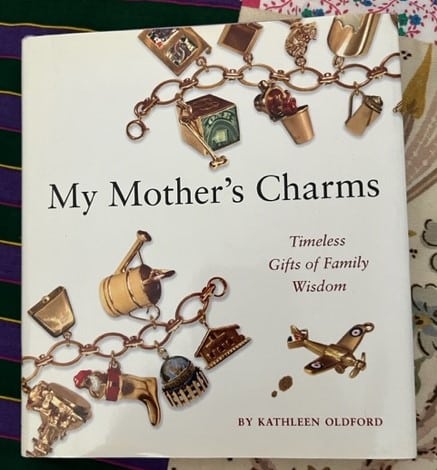One of the questions I have been pondering is how do you tell your ancestors' stories? How do you tell their story, whether it's an individual ancestor, a family, or a specific family line?
When I started researching genealogy, I would read Everton's Genealogical Helper. In the Helper were advertisements for publishers who would print family history tomes. I remember thinking this was the research's ultimate goal: to publish a thick hardback book tracing one's family back generations. Then one of these publishers printed the books, and you would distribute them to all who wanted to pay $50 or so to get a copy.
But that was a long time ago, before the internet and the technological tools we have today. So is this the only way to tell a family's story?
It can be, but with self-publishing, online tools, and non-genealogists creatively telling family stories, it's time to rethink the family history tome.
How Do You Tell a Story?
Maybe you've been hesitant to print or publish your family history. I can understand how intimidating it can be with the proper numbering systems, proofreading, and the hundreds of pages it may take. But that's not the only way to tell a story. First, you need to decide who will be included. It can just be one ancestor. It can be a series of small narratives; it doesn't have to be 300 pages.
I'm always looking for exciting ways people tell their family stories. Here are a few examples I have found.
Autobiographical Comic/Graphic Memoir. Yes, I wrote "comic." Though I don't possess this talent, I've read two autobiographical comics with great stories and family history. Plus, what a great way to put your family's story in the younger generations' hands (and non-kids will also enjoy it). I recommend reading Relish: My Life in the Kitchen by Lucy Knisley and I Was Their American Dream: A Graphic Memoir by Malaka Gharib.
Family Cookbook: You can put together a family cookbook in many ways. It might be one of the easier ways to tell your family's story. Don't stop at recipes. Include photos, relationships, and stories. You can use cookbook publisher templates to make it easy, or you can put tougher your cookbook and have it printed via your local copy store. I like this one I picked up at a book sale that is 8 ½ x 11 and includes over 1000 recipes (that's a lot! Don't worry about having much less). It contains photos and information about "Grandma Frank." A cookbook might be an easy way to dip your foot in the family history book water.
A Biography of Their Stuff: Have you considered writing something about your memories or the history of items your ancestors or family owned? My Mother's Charms by Kathleen Oldford looks at the author's inherited charm bracelets and the stories behind the charms. This is a creative way to tell a family story. You can research inherited or just items you remember and tell your family story through these.
How Will You Tell Their Story?
How have you told your family history story? What are your plans for future stories? We can all benefit from the experience of others, so please leave a comment below.
Gena Philibert-Ortega is an author, instructor, and researcher. She blogs at Gena's Genealogy and Food.Family.Ephemera. You can find her presentations on the Legacy Family Tree Webinars website.







Collecting recipes for a family cookbook, connecting and talking with relatives, is what got me into the family history/genealogy. While I have never finished the recipe book, I have done a long article about the accomplishments of a Great Grandmother (information which did NOT come down to my generation), and a Mixbook on a grandmother. Have more planned and someday I still hope to complete the recipe book – even though it would have a completely different slant now (in 2023 than it would have in about 1985-89.